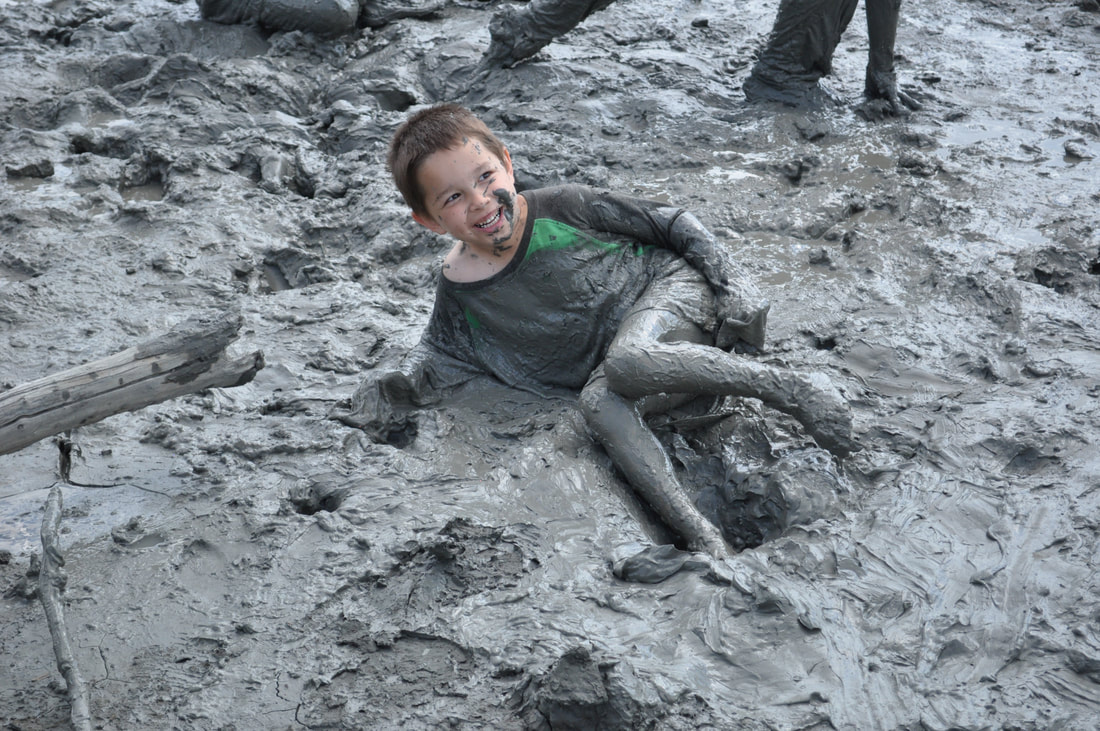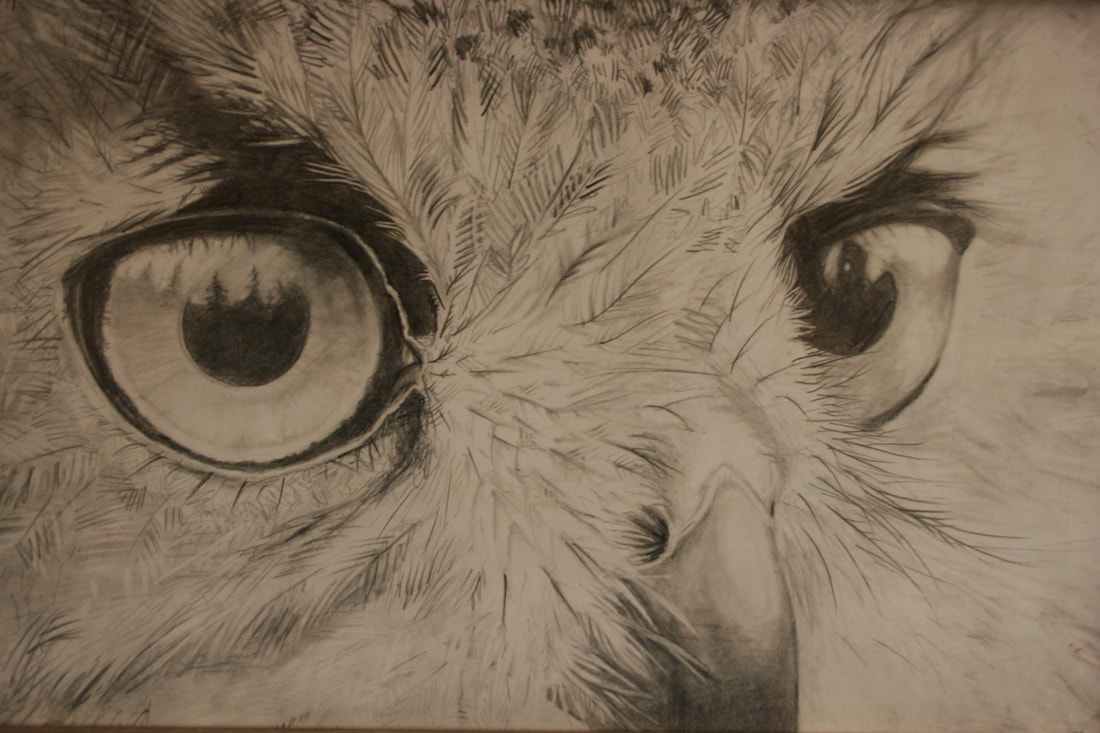|
Copper River Record October 31, 2019 By Robin Mayo “This house is clean enough to be healthy, and dirty enough to be happy” declared a sign in the home of childhood friends. A good creed to live by, although exactly where that line between healthy and happy lies is a personal preference. And it turns out that too clean can actually be unhealthy. The human body is host to countless microbes which contribute to our health, and we pick up many of these microbes from the world around us. A recent Forbes Magazine article explains: “Excessive hygiene, especially in childhood, leads to an abrupt and sharp decline in natural exposure to all sorts of microbes. The gist of such observations became codified as the Hygiene hypothesis, that a 'Western' lifestyle increasingly automatically undermines natural exposure to microbes. This in turn fundamentally alters how the immune system gets 'trained' during formative years and thus increases the risk for inflammatory disorders. How exactly this happens remains the focus of intense research.” Children need to play in the dirt for their physical health, and exposure to nature in general has dramatic results for their emotional health, intelligence, behavior, and overall life happiness as well. If you need convincing on this idea, I heartily recommend “Last Child in the Woods: Saving our Children from Nature Deficit Disorder” by Richard Louv. It spells out the symptoms, but also shares the cure an inspiring way. “If getting our kids out into nature is a search for perfection, or is one more chore, then the belief in perfection and the chore defeats the joy. It's a good thing to learn more about nature in order to share this knowledge with children; it's even better if the adult and child learn about nature together. And it's a lot more fun.” Richard Louv. In my experience as a parent and outdoor educator, one of the single most important things you can do to encourage your kids to spend more time in nature is “Say YES to the Mess.” This may mean sharing their delight when they get muddy instead of scolding them. Remembering to bring spare clothes along so full-immersion exploration doesn’t mean an uncomfortable damp car ride home. Purchasing mud boots, rain coats, and other protective gear. Providing chances for gardening, mud pie baking, fort building, and mucking about in creeks and on riverbanks. As I dug into the research while writing this article, I was reminded that it is not only children who need to spend time outdoors. Studies show that teens, adults, and elders also benefit greatly from time in nature, which not coincidentally usually includes exercise, fresh air, and a break from electronics. Some of the benefits are fairly straightforward and easy to understand, like improved health and stress reduction. Others are more interesting, for example improved risk identification and decision making. But when you think about it, a walk in the woods holds a myriad of chances to make decisions and deal with the outcomes: Should I climb over that log, or duck under? Is that puddle deep enough to top my boots? How can I get up this steep slippery slope? As the daylight shortens and kids are busy with school and activities, it can get harder to build outside time into your day. One solution is to embrace messy play indoors as well, such as drawing on the bathtub surround walls with shaving cream, or sculpting with playdough or clay. Another is to commit to going outdoors even if it is cold and dark, perhaps setting up a new yard light and providing fort-building materials such as boards, ropes, and tarps so they can make their own outdoor space. Or get the kids headlamps and send them out on a scavenger hunt. You can also combine chores and outdoor play time by involving the whole family in fall projects like cutting firewood, putting away the garden, or picking berries. For other ideas, www.childhoodbynature.com and other websites are full of inspiration. Tolsona Mud Volcanoes are a wonderful place to get really muddy while learning about our unique geology. WISE photo
0 Comments
Leave a Reply. |
Who We AreWISEfriends are several writers connected with Wrangell Institute for Science and Environment, a nonprofit organization located in Alaska's Copper River Valley. Most of these articles originally appeared in our local newspaper, the Copper River Record. Archives
August 2021
Categories
All
|
|
WISE is a
501(c)3 nonprofit organization |
Contact Us |



 RSS Feed
RSS Feed
